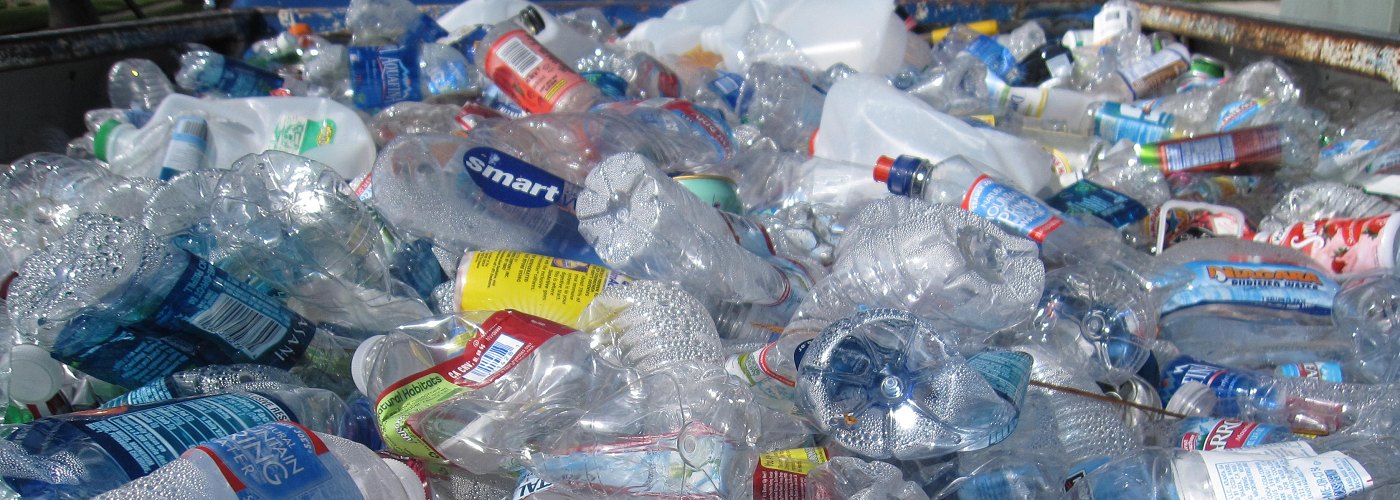

As presented in previous articles, plastic pollution continues to be a growing problem across the world. Shockingly, since the 1950’s, less than 10% of all the plastics ever produced have been recycled. Now, a team of researchers from the U.S. Department of Energy and the University of Portsmouth, as part of the BOTTLE (Bio-Optimized Technologies to keep Thermoplastics out of Landfills and the Environment) Consortium, has discovered a more efficient and sustainable method to recycle PET plastic.
PET, or polyethylene terephthalate, is a common plastic used in food packaging, one-time use beverage containers, as well as in clothing and carpet. Around 54% of the PET is used for clothing and carpeting applications, which is also the hardest to effectively recycle using traditional methods. However, the research team has discovered a way to use chemical enzymes to break down PET into two parts, terephthalic acid and ethylene glycol.
Compared with producing new PET from fossil-based sources, the process of using enzymes to recycle used PET reduces energy use across the entire supply chain by 69-83%, reduces greenhouse gas emissions by 17-43%, and reduced environmental impact by up to 95%. Furthermore, PET recovery facilities would provide socioeconomic benefits, including local job creation, by up to 45% over the current PET supply chain.
Even at this early stage in the technology, the cost of recycling PET with enzymes vs. producing new PET costs about the same, which is attractive from an economic perspective, as well. The researchers see the recycling of PET-containing textiles and carpeting as potentially one of the biggest game-changers of this recycling process, as these materials simply ended up as waste, before.

